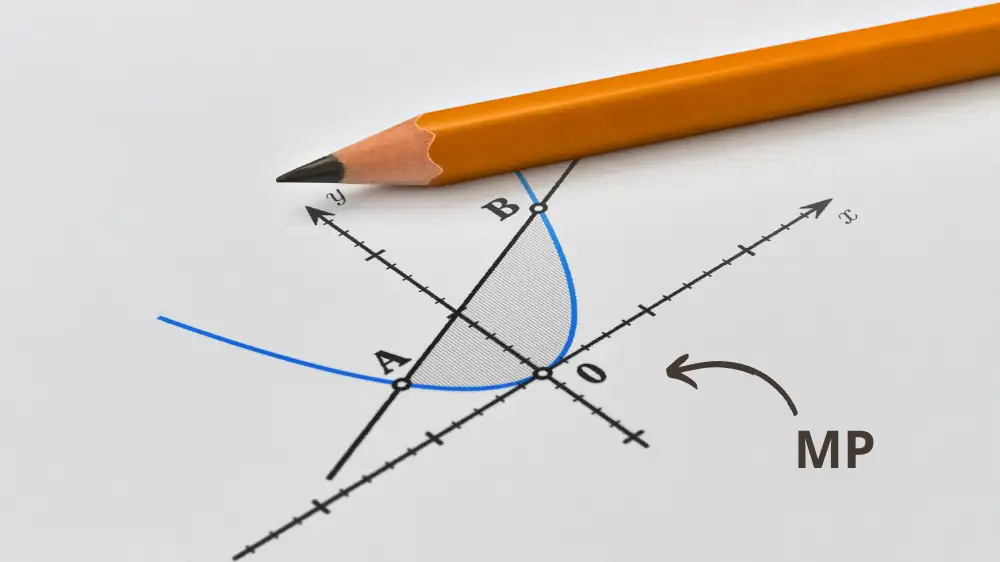In the previous article on Regiomontanus system, you learned what the mundane position of the planet is. In this article, we will derive equations for calculating the mundane position. As initial data, we know the planet's coordinates, the observer's geographical latitude, and local sidereal time (or RAMC).
Have a look at the figure below. Here
- $P$ is the planet observed
- $RA_{p}$, $D$ is the planetary right ascension and declination
- $OA_{ASC}$ - oblique ascension of the ASC
- $RA_M$ - right ascension of the planetary mundane positionin Regiomontanus system
- $\phi$ - the observer's geographical latitude
The circle of position of planet P (the green line)
Method 1
Let's consider a triangle with side $OA_{ASC} - RA_M$ and angles $\phi$ and $\beta$. The $\beta$ angle is unknown to us, but we can easily find it with equation (4) of spherical triangles.
$$ \cos(OA_{ASC} - RA_M) = \frac{1}{\tan\phi\tan\beta} $$
Now let's look at a big triangle with sides $RA_p - RA_M$, $D$, and angle $\beta$. According to eq. (3) of spherical triangles
$$ \sin(RA_P - RA_M) = \frac{\tan D}{\tan\beta} $$
We substitute $\beta$ we just found and get the following:
If we expand the sine and cosine of the sum of two angles described by eq. (3) and multiply both sides by $1/cos(RA_M)$, we get:
Let's recall the formula of oblique ascension, $OA_{ASC} = RAMC + 90°$, we will get
$$ \begin{cases} \cos OA_{ASC} = - \sin RAMC \\ \sin OA_{ASC} = \cos RAMC \end{cases} $$
The mundane position of the house cusps is calculated straightforwardly. The oblique ascension of the ascendant coincides with the mundane position of the 1st house. By definition, the Regiomontanus house system is constructed in such a way that starting from this degree, we count 30°, then 60°, then 90°, and so on, and draw circles of positions through these points. They serve as dividing lines in the Regiomontanus system.
It means that the mundane position of the $n$-th house is
$$ MP_\text{Cusp} = OA_\text{ASC} + 30° (n - 1)\tag{4} $$
Method 2
The original idea of Regiomontanus was the following. First, he assumed the circle of position of the stationary planet as an actual horizon. He rotated the celestial sphere at a certain angle $\gamma$ along the prime vertical so that the position horizon was parallel to the observer's gaze, as shown in the figure below.
Regiomontanus approach to the mundane position
From this perspective, the mundane position of the point $P$ is just an oblique ascension under the circle of position as if it were a horizon.
Regiomontanus introduces the so-called altitude of the Pole for a given planet, which is the angular distance along the perpendicular line drawn from the Pole to the planet's horizon. So the angle $\beta$ we mentioned earlier is $90° - alt$
Let us express $\beta$ as a function of $\gamma$. We will find $\gamma$ first from the point's equatorial coordinates. We will use the rotation matrices.
Cartesian systems of coordinates
Let's denote by $\textbf{XYZ}$ a system of coordinates where $\textbf{X}$ points to the West and $\textbf{Y}$ to the North Pole. The spherical coordinates of the planet in that system are declination $D$ and the $\Delta R = RA_P - OA_{ASC}$.
We can write the vector's coordinates according to eq. (2) of spherical triangles:
$$ \begin{align} \vec{v} & = \cos D \cos\Delta \cdot \mathbf{X} \\ & + \cos D \sin\Delta \cdot \mathbf{Y} \\ & + \sin D \cdot \mathbf{Z} \end{align} $$
The horizontal system of coordinates $\mathbf{X}' \mathbf{Y}' \mathbf{Z}'$ is rotated by the angle $-(90° - \phi)$ along the $\textbf{XY}$ plane.
To express vector's coordinate in this system, we will use the rotation matrix
$$\mathbf{A}_{XY} = \left[\begin{array} {rrr} 1 & 0 & 0 \\ 0 & \sin\phi & \cos\phi \\ 0 & -\cos\phi & \sin\phi \end{array}\right] $$
It gives us new coordinates of the same vector:
The circle of position coordinate system $\mathbf{X}''\mathbf{Y}''\mathbf{Z}''$ is rotated by the angle $\gamma$ along the $\mathbf{X}'\mathbf{Z}'$ plane. We can now apply the matrix
$$\mathbf{A}_{X^{\prime} Y^{\prime}} = \left[\begin{array} {rrr} \cos\gamma & 0 & \sin\gamma \\ 0 & 1 & 0 \\ -sin\gamma & 0 & \cos\gamma \end{array}\right] $$
In particular, z''-coordinate of the vector is
$$ z'' = -\sin\gamma ~x^\prime + \cos\gamma ~z^\prime $$
By definition of the circle of position, the planet is always in the $\mathbf{X}''\mathbf{Y}''$ plane, i.e., $z'' = 0$
$$ 0 = -\sin\gamma ~x^\prime + \cos\gamma ~z^\prime $$
or
Let's consider the triangle with angles $\beta$ and $\phi$ from fig. 1. From eq. (12) of spherical triangles it follows, that
$$ \cos\beta = \sin\phi\cos\gamma $$
So we finally found the angle $\beta$ in terms of $\gamma$ between the Earth's horizon and the planet's horizon (the circle of position).
The Pole's latitude above the planet's horizon is $90° - \beta$:
$$ \sin Alt = \sin\phi\cos\gamma $$
Now the mundane point of a planet $P$ is the oblique ascension of the planet under its horizon. We already derived the equation (2) for the oblique ascension of the planet. Instead of the angle phi $\phi$ (the Pole latitude over the Earth's horizon), we insert the Pole latitude over the planet's horizon.
Putting all together, we have a set of equations for the mundane position of the point $P$ in the classical Regiomontanus approach:


